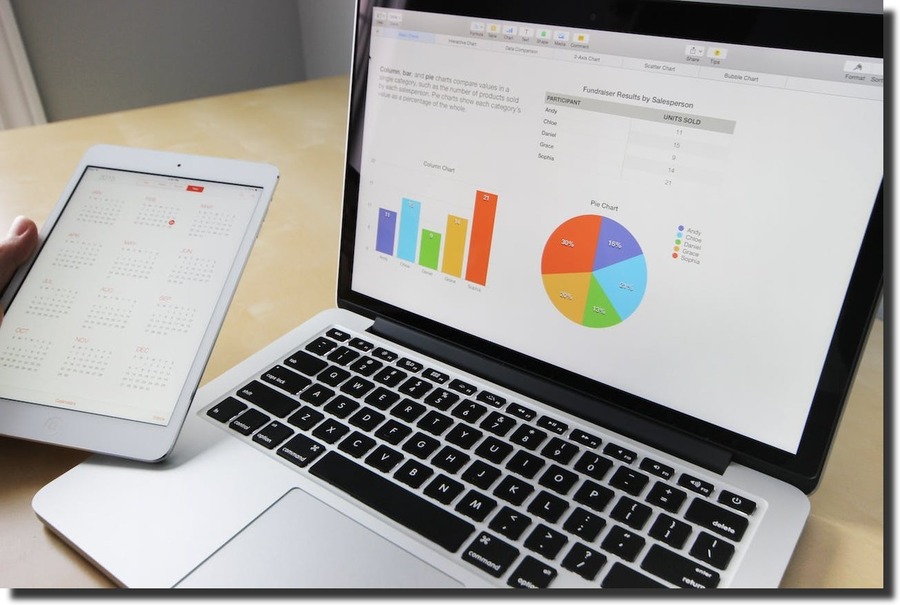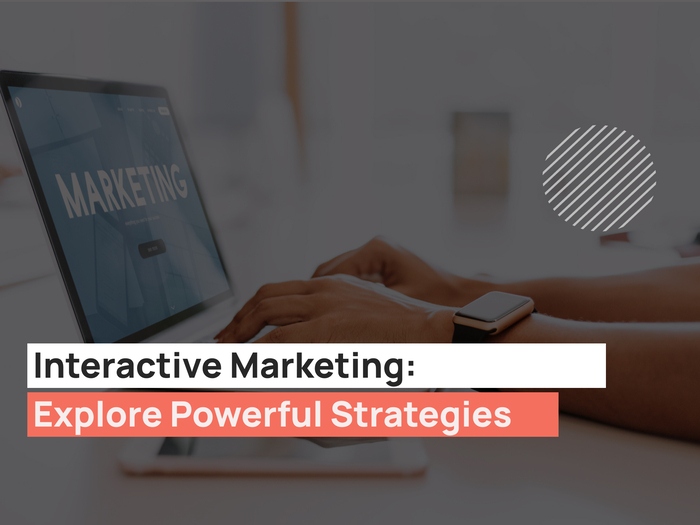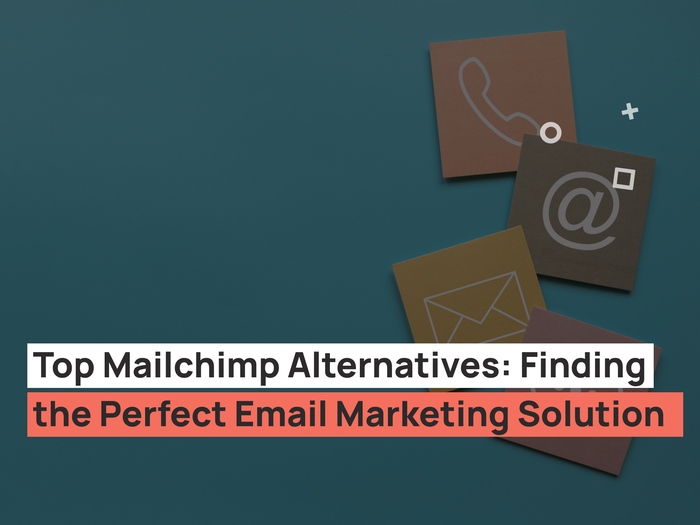Creating an effective and visually appealing landing page is a challenging endeavor. It involves a deep understanding of user behavior and their true desires. Marketers often struggle to grasp the intricacies of conversion rates, but thankfully, landing page optimization strategies can guide them towards better results.
This naturally leads to the question: “How does a high-performing landing page conversion rate look, and where does my business stand in relation to industry norms?”
Are you merely hitting the standard with your landing page, or exceeding expectations?
This guide is packed with essential insights on what constitutes an average versus a good landing page conversion rate. Moreover, you’ll discover advice to help you navigate towards improved performance.
Understanding Landing Page Conversion Rates
The landing page conversion rate is calculated by determining the percentage of visitors who take the desired action (call-to-action) on your landing page compared to the total number of visitors who arrive on the page.
Various factors significantly impact this rate. These include the industry you’re in, how relevant your call-to-action is, the specific audience you’re targeting, the nature of your product or service, and the stage at which users find themselves in the customer journey. These elements collectively play a crucial role in your capability to turn website visitors into leads, and subsequently, leads into customers.

Calculating Your Landing Page Conversion Rates
Tracking your landing page’s conversion rate is essential for understanding and improving its performance.
Grasping how to compute your conversion rate is key to enhancing your landing page’s effectiveness. Thankfully, the calculation is quite simple and involves a basic formula.
To figure out your landing page conversion rate, you need to divide the total number of conversions (the number of people who completed the desired action) by the total number of visitors to your landing page. To express this as a percentage, multiply the quotient by 100.
Benefits of Landing Pages
| Targeted Marketing | Landing pages allow for highly targeted marketing efforts. They can be customized to match the audience segment you’re targeting, ensuring that the message and offer are relevant to the visitors. |
| Increased Conversions | By focusing on a single objective and minimizing distractions, landing pages are designed to boost conversion rates. |
| Data and Insights | By analyzing how visitors interact with the page, you can gain insights into their preferences and behavior, which can inform future marketing strategies. |
| Brand Awareness | A well-designed landing page that aligns with your brand can enhance brand recognition and trust. |
| Effective Lead Generation | Landing pages are tailored to capture leads by offering value in exchange for contact information. |
Landing Pages Aren’t Converting as Expected?
It’s evident that some of your landing pages are performing better than others. But what might be the reasons behind the lower conversion rates? Here are some common pitfalls to avoid:
Weak Design
A lackluster landing page design can significantly hinder your online success. It serves as the initial point of contact for potential customers, making it crucial for leaving a lasting impression. When your landing page design falls short in terms of aesthetics, functionality, or user-friendliness, it can deter visitors from taking the desired action, such as making a purchase or signing up for your newsletter.
To maximize the effectiveness of your landing page, invest in a well-crafted website design that aligns with your brand, is easy to navigate, and encourages user engagement. This investment can pay off handsomely by improving conversion rates and enhancing your overall online presence.
Ineffective Headlines
The power of a compelling headline in capturing user interest cannot be overstated. It’s the first thing visitors see and can determine whether they stay on the page.
To craft effective headlines, focus on:
- Clarity: Ensure your headline is clear and easy to understand. Avoid jargon or ambiguity that might confuse readers.
- A/B Testing: Experiment with different headlines to see which ones perform best. A/B testing can help you refine your approach over time.
- Keyword Usage: Incorporate relevant keywords that align with the topic of your content, which can help with SEO.
- Relevance: Make sure your headline directly relates to the content of your article or page. It should set accurate expectations for what readers will find.

Too Much Distractions
Avoid bombarding visitors with too many calls to action. This can lead to ‘analysis paralysis’, where too many choices lead to stress and indecision, negatively impacting conversion rates. Your landing page should ideally have a singular, clear call to action.
In the case of longer pages, multiple CTA buttons can be used if they all direct towards the same action.
Slow Page Loading
If your landing page takes too long to load, it can lead to a frustrating user experience, causing potential customers to abandon your page before it fully renders.
This not only increases bounce rates but also diminishes your chances of conversion. It’s crucial to optimize your landing page for speed, ensuring that images and other elements are properly compressed and that server response times are minimized.
By addressing slow page loading issues, you can significantly enhance user satisfaction and increase the likelihood of visitors converting into valuable leads or customers. Remember, in the digital realm, every second counts, and a swift-loading landing page can make all the difference in achieving your desired conversions.
Tips to Optimize Your Landing Page for Higher Conversions
Focus and Clarity
Minimizing distractions on your landing page is crucial for optimizing conversions. This strategy involves streamlining the page to focus on your main offer. It requires the removal of any extraneous elements that could potentially divert the visitor’s attention away from the intended action.
By simplifying the design and content, you create a clearer, more direct path to conversion, ensuring that your visitors are not overwhelmed or confused by too much information or too many choices. This focused approach helps in maintaining the visitor’s interest and guiding them towards the desired outcome more efficiently.
Adapt Landing Pages For Each Audience
Tailoring your product page messaging to distinct target audiences is crucial for enhancing landing page conversions.
Imagine marketing a versatile smartwatch. This product appeals to various customer groups such as technology enthusiasts, health-conscious individuals, and busy professionals. Although different marketing campaigns might target these groups separately, they all lead to the same product page.
To effectively increase conversion rates and sales from these diverse audiences, it’s crucial to develop product messaging that specifically addresses the unique needs and interests of each group, thereby creating a more personalized and engaging experience.
Optimize Landing Page For Seo
With many people finding pages via natural search, it’s vital to optimize for relevant keywords. This ensures that those searching for products or services like yours can easily find your landing page, potentially boosting conversions.
Perform keyword research to identify optimal keywords, then incorporate them into your landing page’s meta titles, descriptions, headings, and content for maximum search visibility.
Add Testimonials
In the realm of digital conversions, one paramount element is undeniably social proof. Prospective customers naturally seek the opinions of others who have experienced your product or service. Gaining video testimonials or written testimonial quotes from your satisfied customers could give you a competitive advantage.

Maximize Analytics
The path to website improvement lies in comprehensive analysis and data-driven decision-making. A plethora of analytical tools and platforms are at your disposal, ready to assist in tracking and assessing your website’s performance. Among the critical metrics to monitor is your bounce rate, indicating the percentage of visitors departing your site after just one page view.
A high bounce rate suggests a lack of engagement or failure to provide essential information, potentially hindering visitor actions. Pinpointing the pages with the highest bounce rates and enhancing their content, design, or user experience can effectively reduce the overall bounce rate, thus elevating your website’s engagement and conversion potential.
Another pivotal metric to focus on is your website’s conversion rate, gauging the percentage of visitors taking specific actions on your site, such as completing a purchase or submitting a contact form.
By meticulously tracking your conversion rate and conducting A/B tests on various elements like calls to action, forms, and landing pages, you can strategically optimize your website to boost conversions and drive more leads and sales.
Frequently Asked Questions
How Can I Increase the Average Time Spent on My Landing Page?
To boost the average time spent on your landing page, focus on engaging content, a clear value proposition, appealing visuals, fast loading times, and mobile optimization. Ensure readability, intuitive navigation, and strategic placement of calls-to-action.
Incorporate interactive elements, conduct A/B testing, and monitor analytics to make data-driven improvements. Build trust with social proof and consider regular content updates to maintain relevance and encourage repeat visits.
What Is the Ideal Landing Page Conversion Rate?
Although there isn’t a one-size-fits-all number, what’s considered a successful conversion rate for a landing page typically falls within the range of 2-5%. However, this can vary based on factors such as industry, offer type, and target audience. Some top-performing landing pages can achieve even higher conversion rates of 10-15% or more.
How Do I Determine If My Landing Page Is Mobile-Friendly?
You can assess the mobile-friendliness of your landing page by employing Google’s Mobile-Friendly Test tool. Guaranteeing a responsive layout, swift loading speeds, and effortless navigation on mobile devices can enhance the user experience and ultimately boost conversion rates.
Conclusion
In conclusion, creating a high-performing landing page that drives growth for your business is a multifaceted task that requires careful consideration of various factors. Understanding the significance of landing page conversion rate optimization (CRO) is crucial in this journey. By setting realistic industry-specific conversion rate targets, you can pave the way for more effective CRO efforts.
By addressing these elements, you can embark on a journey toward creating landing pages that not only meet industry standards but exceed them, driving growth and success for your business. Remember, in the digital landscape, continuous optimization is key to staying ahead and achieving your desired conversions.



